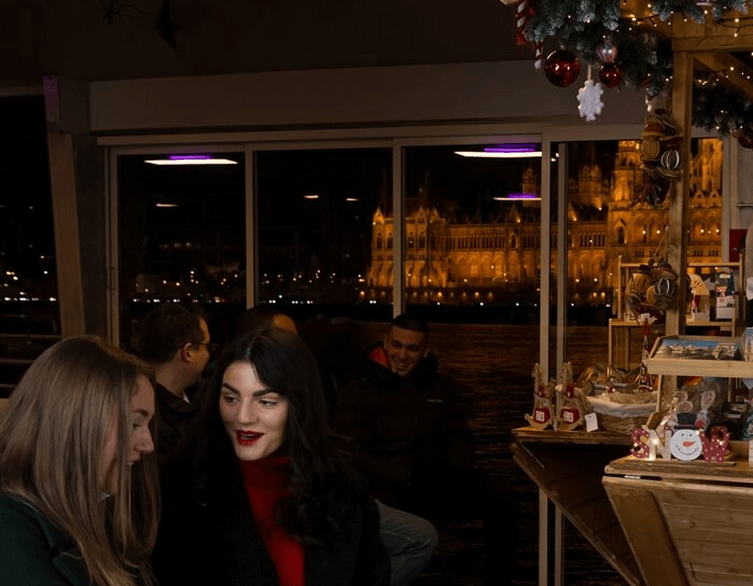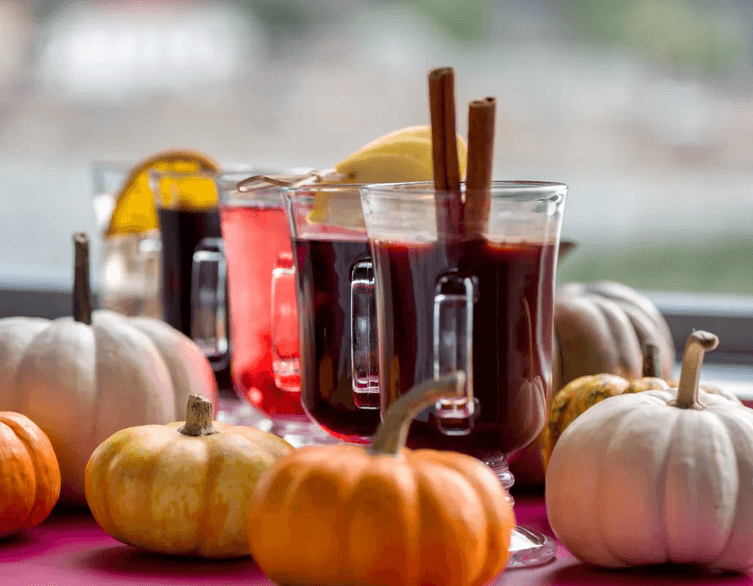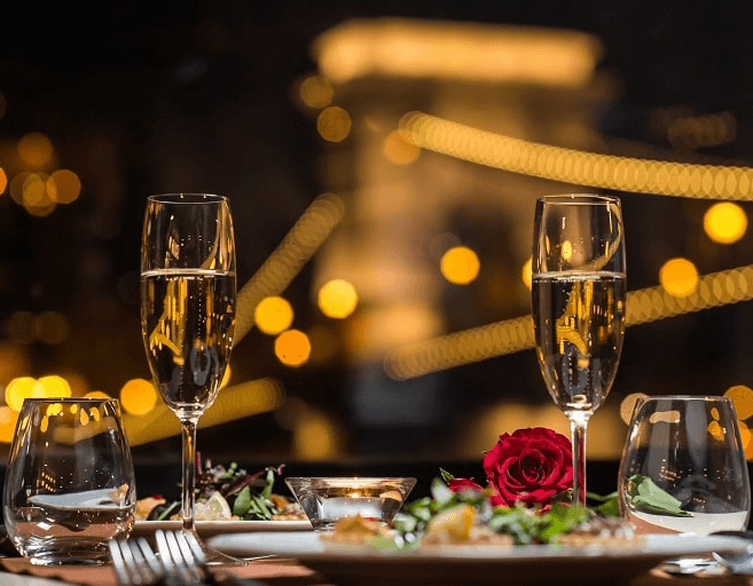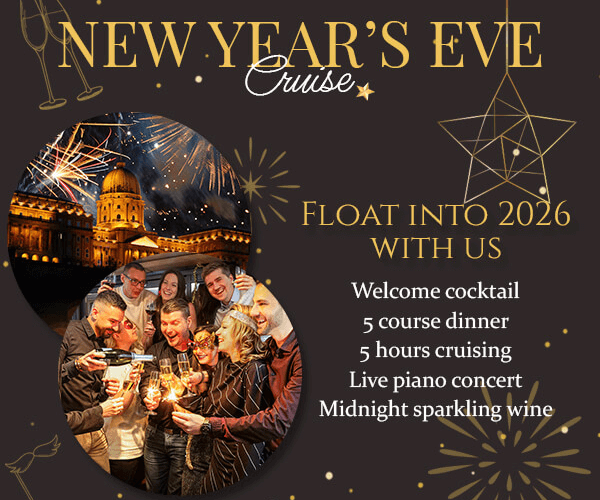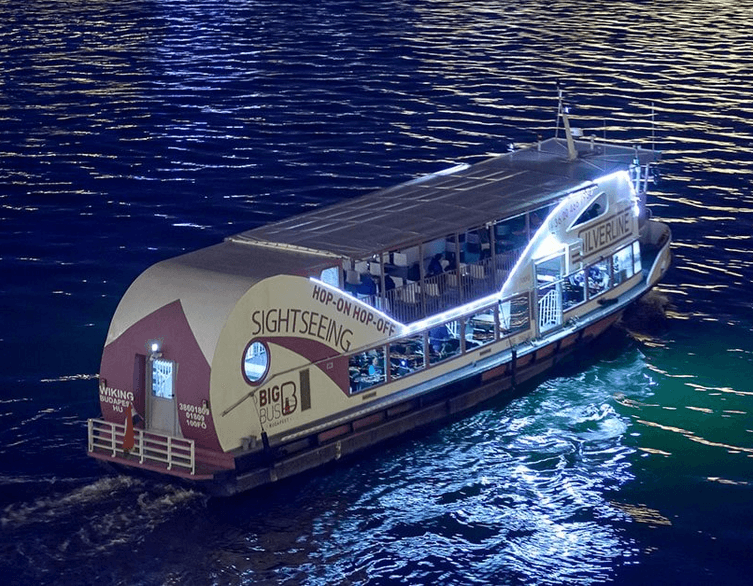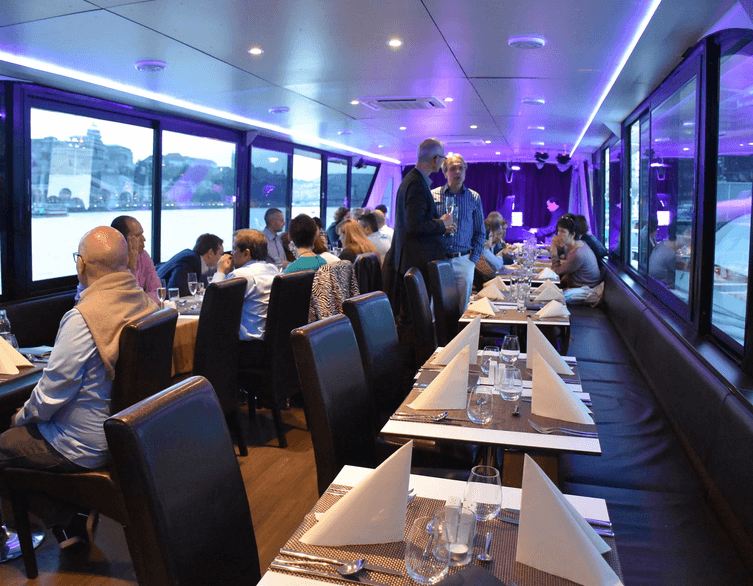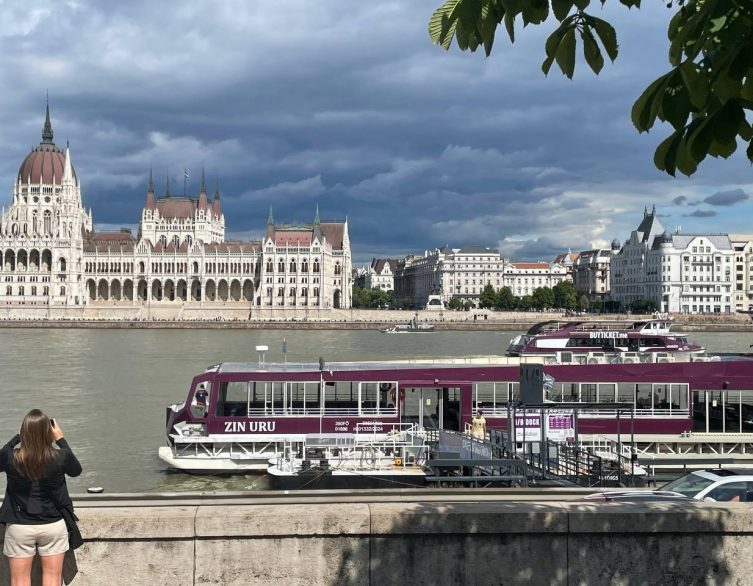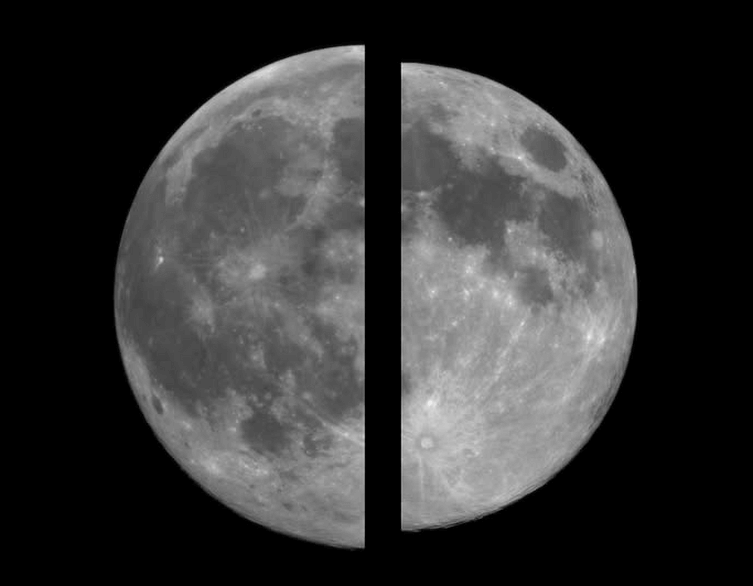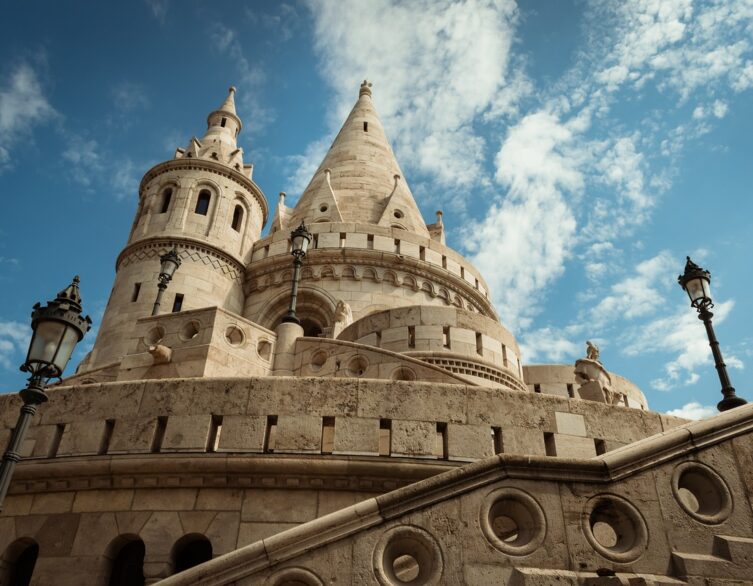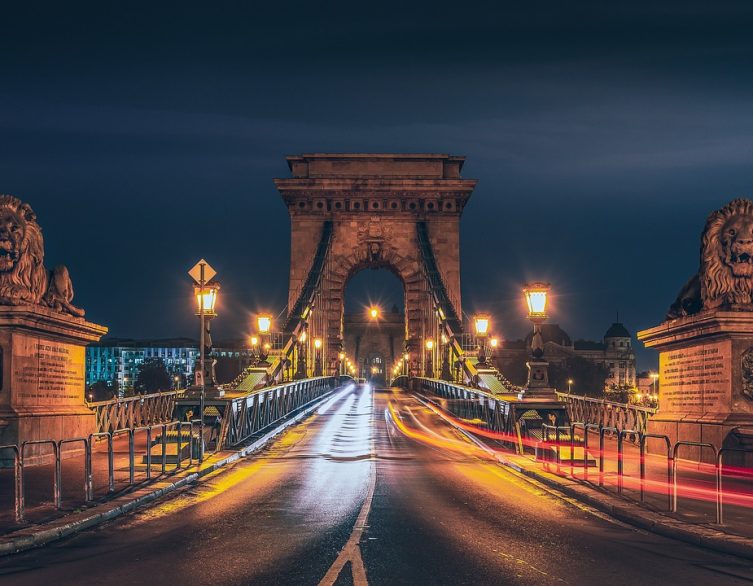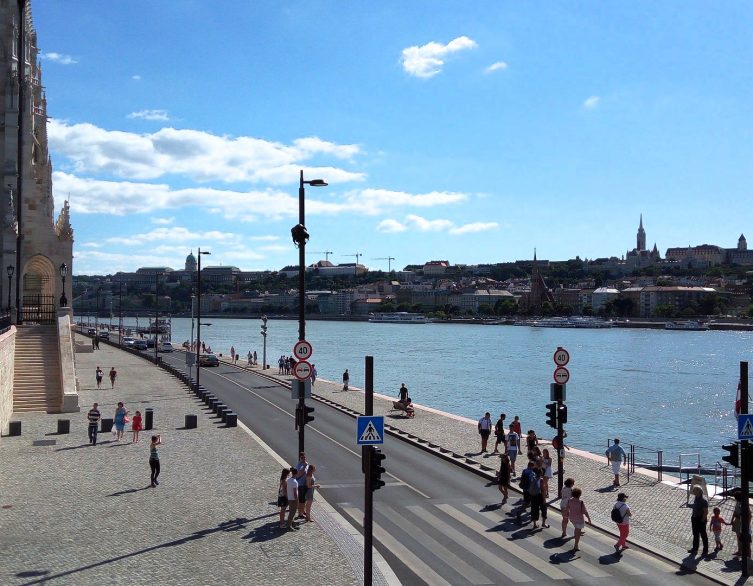The Blood Moon Spectacle: Budapest’s September 7th Celestial Show You Can’t Miss
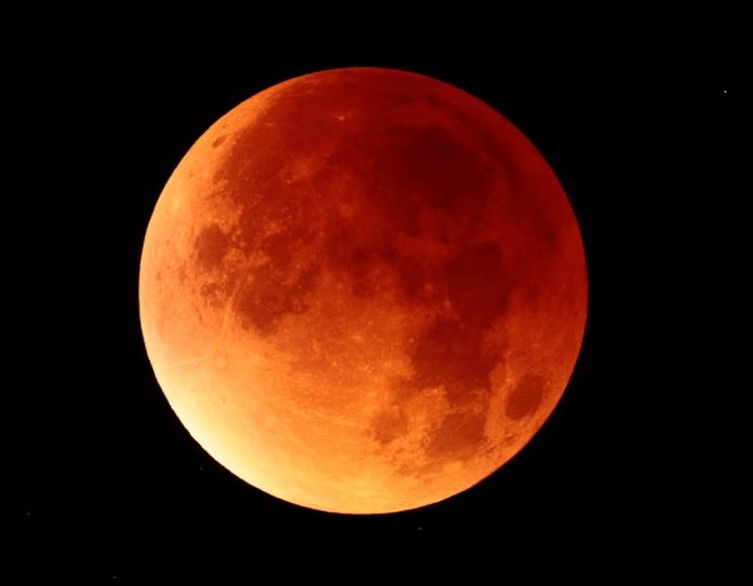
If you’re wandering the enchanting streets of Budapest this September, prepare yourself for a celestial treat that will add an otherworldly magic to your Hungarian adventure. On September 7th, the capital will witness one of nature’s most mesmerizing phenomena – a total lunar eclipse, popularly known as the “blood moon.” This astronomical marvel will transform the familiar nighttime skyline of Budapest into something straight out of a fairy tale, with the moon taking on a deep, mystical red hue above the city’s iconic landmarks.
Summer’s End Brings Astronomical Wonder
While summer slowly draws to a close, astronomical phenomena know no pause. With September’s arrival, we can observe one of the year’s most spectacular and beautiful events. This Sunday, September 7th, the Moon will wrap itself in Earth’s shadow and cut across the eastern sky in a hauntingly reddish glow, creating one of the most dramatic celestial performances visible from Budapest.
What Makes This Blood Moon So Special
Picture this: as you’re enjoying an evening stroll along the Danube or sipping wine on a rooftop terrace, the moon above Budapest begins its dramatic transformation. Unlike typical full moons that shine with bright silver light, this celestial performer will gradually shift into a captivating reddish-bronze sphere, creating an almost supernatural atmosphere over the city’s historic spires and bridges.
The phenomenon occurs when Earth positions itself directly between the sun and moon, casting our planet’s shadow across the lunar surface. But here’s where the magic happens – instead of disappearing completely, the moon takes on that haunting red glow that has inspired countless legends and myths throughout human history. This particular eclipse is extraordinary because it will be visible to approximately 85% of the world’s population, making it one of the most widely observable astronomical events in decades.
What sets this September 7th eclipse apart is its timing with sunset in Budapest. As the sun dips below the western horizon, the already eclipsing moon will rise in the east, creating a breathtaking spectacle that photographers and romantics dream about. This synchronization of sunset and eclipsed moonrise creates a once-in-a-lifetime viewing opportunity for visitors to the Hungarian capital.
The Physics Behind the Eclipse Mystery
Understanding what creates a lunar eclipse adds another layer of fascination to the viewing experience. Our planet Earth, a spherical celestial body measuring 12,756 kilometers in diameter, continuously casts a shadow into space as the Sun illuminates one side. The Moon, during its orbit around Earth, occasionally passes through this shadow – though not during every orbit.
The Moon’s orbital plane tilts more than 5 degrees compared to Earth’s orbital plane around the Sun. This inclination explains why we don’t see lunar eclipses every month. If the Moon orbited in exactly the same plane as Earth, we would witness a total lunar eclipse with every full moon, followed by a solar eclipse two weeks later. Instead, the Moon usually passes above or below Earth’s shadow cone during full moon phases.
This near-identical orbital plane alignment can be observed with Jupiter’s moon Io. Because Io’s orbit barely tilts relative to Jupiter’s orbital plane and the planet’s enormous size, solar eclipses occur on Jupiter’s surface during every Io orbit. A total lunar eclipse occurs when the full moon, Earth, and Sun align perfectly in a straight line, causing the Moon to pass directly through Earth’s shadow and temporarily darken.
The Science Behind the Spectacle
The transformation from silver to crimson isn’t magic – it’s beautiful physics at work. When the moon enters Earth’s shadow completely, you might expect it to vanish into darkness. Instead, our planet’s atmosphere acts like a cosmic lens, bending and filtering sunlight around Earth’s edges. The shorter blue wavelengths get scattered away (the same reason sunsets appear red), while the longer red wavelengths curve around our planet and reach the moon’s surface.
This phenomenon has a scientific name: Rayleigh scattering. Although sunlight appears white, it contains all colors of the light spectrum. Earth’s atmosphere consists of tiny nitrogen and oxygen molecules. Blue light scatters more due to its wavelength and the size ratio with atmospheric molecules, which is why our sky appears blue. Red and orange light have longer wavelengths that scatter less, allowing them to travel farther through the atmosphere.
Best deals of Budapest
During a lunar eclipse, blue light scatters completely while red light continues through our atmosphere and enters space. Earth’s atmospheric refraction slightly bends these reddish light rays into our planet’s shadow. When the Moon sits in this shadow, these bent red rays illuminate it with that characteristic crimson glow. This creates the stunning blood-red appearance that has both terrified and fascinated civilizations for millennia.
Interestingly, careful observers might also spot a subtle turquoise band along the moon’s edge during certain phases of the eclipse. This blue fringe comes from sunlight passing through Earth’s upper atmosphere and the ozone layer, creating a beautiful color contrast against the dominant red hues.
Perfect Timing for Budapest Visitors
The eclipse timeline couldn’t be more tourist-friendly. Unlike many astronomical events that require pre-dawn wake-up calls or late-night vigils, this blood moon performance begins right at sunset, making it perfect for evening plans. The Moon will rise around 7:08 PM already in eclipse, appearing partially darkened rather than its usual bright full moon appearance.
From the moment it rises, the Moon will already be partially covered by Earth’s shadow. The total eclipse phase begins at 7:31 PM when the Moon is just 3 degrees above the horizon. At this point, our celestial companion will be completely within Earth’s shadow, displaying its characteristic red color. Maximum eclipse occurs at 8:11 PM, when the Moon will have climbed higher in the sky and the eclipse effect will be at its most dramatic.
The total lunar eclipse phase lasts until 8:53 PM, with the Moon spending approximately 82 minutes in Earth’s shadow, glowing red throughout this period. The partial eclipse continues until 9:57 PM, as the Moon gradually returns to its normal silvery appearance. The entire event, including the barely visible penumbral phases, extends until nearly 11:00 PM.
This timing means you can enjoy a traditional Hungarian dinner at one of Budapest’s excellent restaurants, then step outside for dessert under a blood-red moon. The eclipse occurs during the early evening hours when the city is alive with activity, making it easy to incorporate into your sightseeing schedule without disrupting your travel plans.
Prime Viewing Locations Across Budapest
Budapest’s varied topography offers numerous excellent vantage points for eclipse viewing. The key is finding locations with clear eastern views, as the moon will be relatively low on the horizon during the early phases of the eclipse. Gellért Hill remains one of the city’s premier astronomical viewing spots, offering panoramic views across the Danube with minimal light interference from street lamps.
The Citadella area provides another spectacular perch, where you can watch the blood moon rise over Pest while the illuminated Parliament building creates a stunning foreground. For those staying in Buda, Normafa offers a more elevated perspective, though you’ll need to position yourself for eastern views rather than the typical western outlook toward the city center.
If you prefer staying closer to the city center, the eastern banks of the Danube – particularly around the Hungarian Parliament building or near the Great Market Hall – can provide excellent viewing opportunities. Margaret Island’s eastern shores also offer relatively dark viewing conditions while keeping you in the heart of Budapest’s cultural district.
Don’t forget about rooftop bars and restaurants with eastern exposures. Many of Budapest’s famous ruin pubs and rooftop venues will likely offer special eclipse viewing events, combining the astronomical spectacle with the city’s renowned nightlife scene. A cold Hungarian beer or glass of local wine while watching the blood moon over Budapest sounds like the perfect end to any tourist day.
Photography Tips for the Perfect Shot
Capturing the blood moon over Budapest’s iconic skyline requires some planning, but the results can be absolutely magical. The key is combining the celestial event with recognizable landmarks to create uniquely Hungarian eclipse photographs. Consider positioning yourself to include the Chain Bridge, Parliament dome, or Fisherman’s Bastion in your composition along with the red moon.
Stability is crucial for lunar photography, so bring a tripod or find a stable surface for your camera or smartphone. The low light conditions during the eclipse require longer exposure times, making handheld shots nearly impossible. If you’re using a smartphone, enable night mode and consider using the timer function to avoid camera shake when taking the shot.
For the best results, start photographing before the total eclipse begins. The gradual transition from normal moonlight to the deep red glow tells a more complete story than a single shot of the fully eclipsed moon. Take multiple exposures at different stages to create a time-lapse sequence or composite image showing the moon’s transformation over Budapest’s skyline.
Remember that the moon will appear quite small in wide landscape shots, so consider bringing binoculars or a camera with zoom capabilities to capture the lunar surface details. The eclipse will enhance the moon’s craters and surface features, making them more visible than during typical full moon conditions.
Cultural Significance and Local Traditions
Throughout history, lunar eclipses have held deep cultural significance across civilizations, often interpreted as omens, divine messages, or cosmic battles between celestial forces. While modern Budapest approaches the eclipse with scientific understanding, there’s something undeniably mystical about watching the moon turn blood-red over this ancient city.
Hungarian folklore, like many European traditions, viewed lunar eclipses with a mixture of awe and apprehension. Ancient Magyar tribes believed that a great wolf or dragon was devouring the moon, requiring loud noises and celebrations to scare the beast away. While contemporary Budapest won’t be banging pots and pans, the city’s vibrant nightlife scene will undoubtedly embrace the celestial spectacle with typical Hungarian enthusiasm.
Many local astronomy clubs and cultural organizations will likely host special eclipse viewing events, combining scientific education with the social aspect that makes astronomical events so memorable. These gatherings offer excellent opportunities for tourists to mingle with locals and fellow eclipse enthusiasts while sharing the universal wonder of celestial phenomena.
Beyond September 7th: Future Eclipse Opportunities
While this blood moon will be spectacular, eclipse enthusiasts visiting Budapest should know about future opportunities. The next total lunar eclipse visible from Eastern Europe occurs on March 2-3, 2026, though viewing conditions and timing may differ significantly from this September event. A partial lunar eclipse will also be visible on August 28, 2026.
For those who develop a passion for astronomical tourism, Budapest’s location provides excellent access to various celestial events throughout the year. The city’s growing reputation as a destination for science tourism, combined with its relatively dark suburban areas and numerous observation points, makes it an increasingly popular base for astronomical adventures.
The Hungarian capital also hosts several annual astronomy festivals and stargazing events, particularly during meteor shower seasons. The Perseid meteors in August and the Geminids in December offer additional opportunities to combine astronomical observation with Budapest’s cultural attractions.
Planning Your Eclipse Evening
The blood moon presents a perfect opportunity to experience Budapest’s evening culture while enjoying a rare natural phenomenon. Consider starting your eclipse evening with dinner at one of the city’s riverside restaurants, timing your meal to finish just as the eclipse begins around sunset.
Many of Budapest’s thermal baths offer evening hours, and watching the blood moon while soaking in the warm waters of Széchenyi or Gellért Baths would create an uniquely Hungarian eclipse experience. The contrast between the warm, steamy bath environment and the cool night air while observing the celestial show adds an extra dimension to the evening.
For a more active approach, consider joining one of the evening Danube cruises that will likely offer special eclipse viewing excursions. Seeing the blood moon reflected in the river while passing under Budapest’s illuminated bridges combines the best of the city’s attractions with the astronomical event.
Weather Considerations and Backup Plans
September weather in Budapest is generally favorable for outdoor activities, with mild temperatures and relatively clear skies. However, even partial cloud cover can obstruct eclipse viewing, so it’s worth having indoor alternatives that still allow glimpses of the phenomenon.
Budapest’s numerous glass-domed buildings, shopping centers with skylights, and hotels with floor-to-ceiling windows can provide backup viewing options if weather threatens your outdoor eclipse plans. The Museum of Fine Arts and several of the city’s modern architectural marvels offer covered areas with upward views.
If clouds do interfere with direct observation, many local venues will likely offer live streaming of the eclipse from clearer locations, allowing you to still participate in the global viewing event while staying dry and comfortable in Budapest’s cozy cafes and bars.
Making the Most of Your Celestial Visit
The September 7th blood moon offers foreign tourists an extraordinary opportunity to experience Budapest from a completely different perspective. This isn’t just about seeing an astronomical event – it’s about connecting with the cosmic rhythms that have influenced human culture for millennia, all while surrounded by one of Europe’s most beautiful capitals.
Whether you’re a seasoned eclipse chaser or someone who simply appreciates natural beauty, this blood moon over Budapest promises to be an unforgettable highlight of your Hungarian adventure. The combination of scientific wonder, cultural significance, and pure visual spectacle creates the kind of travel memory that lasts a lifetime.
As you stand beneath the red moon illuminating Budapest’s ancient streets and modern skyline, you’ll be part of a global community of millions sharing the same awe-inspiring moment. In our increasingly connected but often impersonal world, there’s something profoundly moving about this shared human experience of wonder at the cosmos above our beautiful, complex planet.
Don’t miss this rare opportunity to add a touch of cosmic magic to your Budapest journey. Set aside the evening of September 7th for this celestial show – your future self will thank you for witnessing one of nature’s most spectacular performances above one of Europe’s most enchanting cities.
Related news
Related attractions



